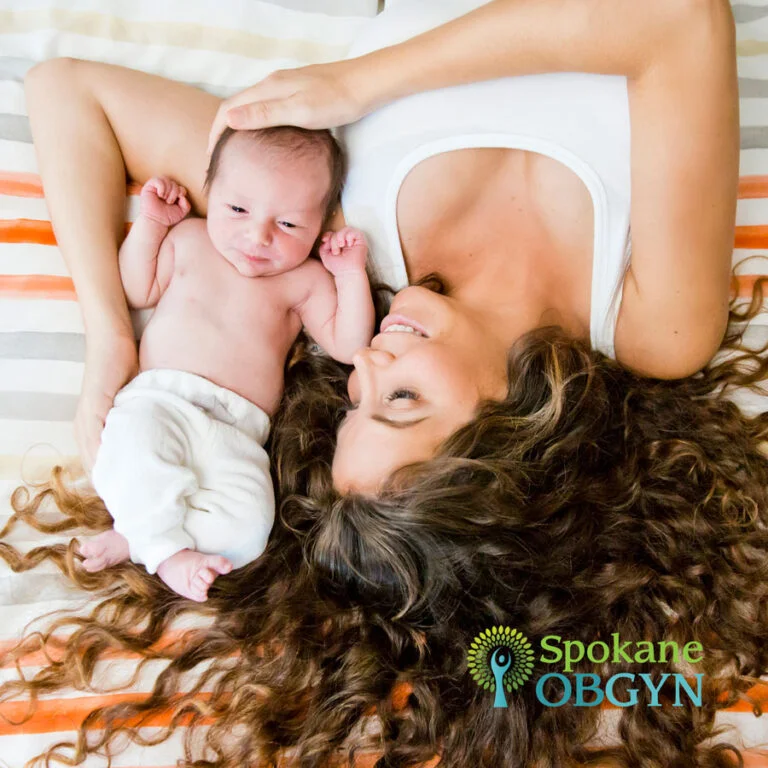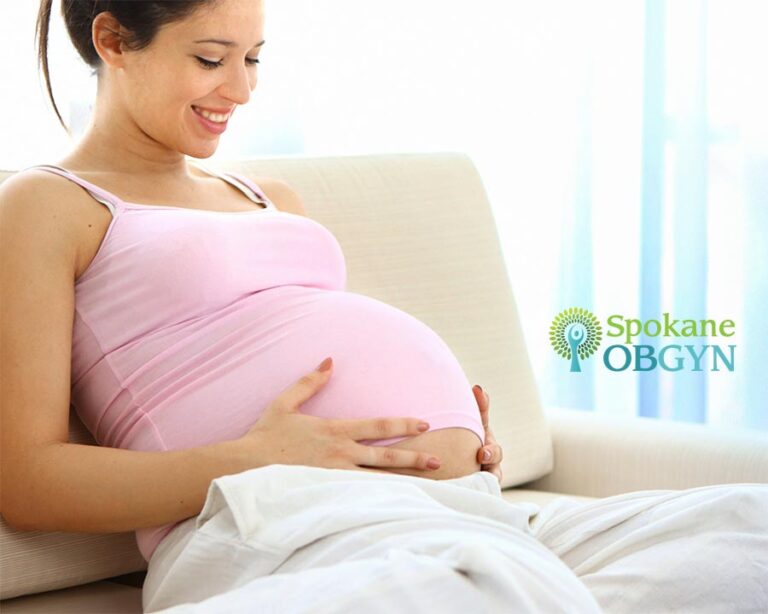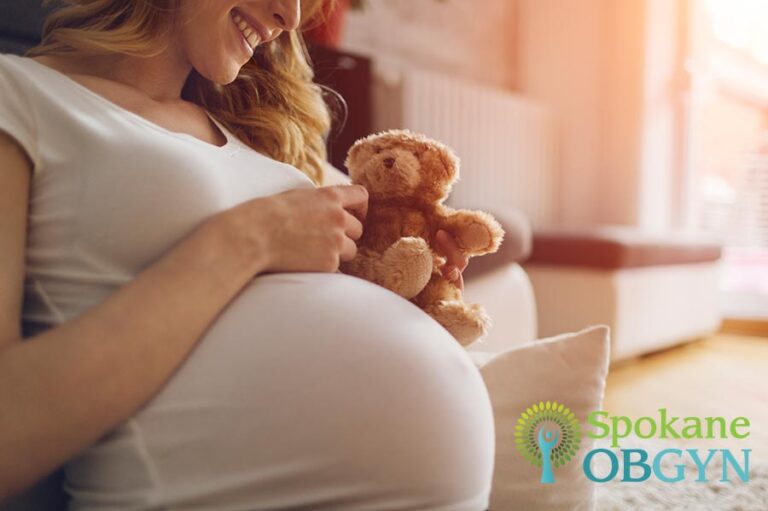Safety in Pregnancy
Seat Belt Safety
Always wear your seat belt while driving, positioning the lap belt under your belly and across your hips.
Hot Tubs and Saunas
Avoid hot tubs and saunas as they can raise your body temperature, which is not recommended during pregnancy.
Maximum Bath Water Temperature
Set the water temperature below 100°F (37.8°C) to prevent overheating.
Sleeping Position
We encourage you to sleep in what ever position is comfortable in pregnancy. Some women may feel dizzy or faint if sleeping on their back later in pregnancy. To prevent this you can place a pillow under your right side to reposition. You may also consider placing a pillow between your legs and under your belly for comfort.
Insect Repellant
EPA registered insect repellants are safe in pregnancy when used according to directions. These include sprays containing DEET, picaridin, IR3535, oil of lemon eucalyptus or paramenthane-diol.
Hair Dye
Hair dye and hair styling products are generally considered safe in pregnancy. We recommend using these products in a well ventilated area.
Travel in Pregnancy
Traveling during pregnancy can be safe and enjoyable, but certain precautions are necessary to ensure your well-being and the baby’s health.
Consultation
Before making travel plans, consult with your healthcare provider to assess any potential risks and receive personalized recommendations.
The best time to travel is in the second trimester of pregnancy (between 14 and 28 wks of pregnancy). It is not recommended to travel close to your due date. It also may not be safe to travel if you have pregnancy complications.
Comfort and Safety
Choose comfortable modes of transportation and take breaks to stretch and move during long journeys. Perform ankle exercises to decrease the risk of blood clots during extended periods of sitting.
Destination Considerations
Research the destination’s medical facilities, climate, and potential health risks before traveling.
Determining Areas of Zika Infestation
Zika virus is found in Central, North and South America. If you are infected with Zika virus during pregnancy your baby is at risk for birth defects such as microcephaly (small head), which can lead to lifelong physical and mental defects. Before traveling, check the Centers for Disease Control and Prevention (CDC) website or other reputable sources for up-to-date information on areas with Zika transmission.
Be cautious when traveling to regions with a history of Zika cases and take appropriate preventive measures, which include wearing long sleeve shirts and pants, treating clothing with permethrin or using EPA registered bug spray*.
*These sprays containing DEET, picaridin, IR3535, oil of lemon eucalyptus or paramenthane-diol are safe to use while pregnant and breasfeeding
Decreasing Risks of Blood Clots while Traveling
Blood clots in the legs (deep vein thrombosis) are more common in pregnancy. To help prevent against blood clots in the legs or lungs follow these recommendations:
- Stay hydrated by drinking plenty of water throughout your journey.
- Perform ankle exercises, such as rotating your feet in circles and flexing your toes, to improve blood circulation during prolonged sitting.
- Take breaks to walk and stretch every 2 hours, especially during long flights or car rides.
- Consider wearing compression stockings.
Please meet with us or your health care provider before any long distance travel. We will also help you obtain or access a copy of your health record to take with you if you need care during your trip.






